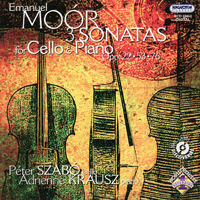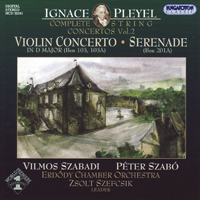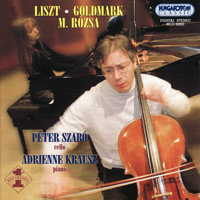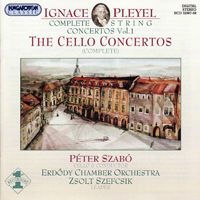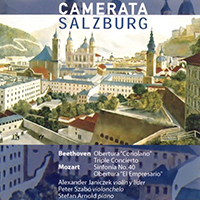Koessler Piano Quintet in F major, Trio-suite for violin, viola and piano Moór Cello Sonata no.2 op.55
The German-born Hans Koessler (1853-1926), a cousin of Max Reger, is mainly remembered as the composition teacher of Bartók, Kodály, Dohnányi and other Hungarian musicians at the Budapest Academy.
The two works included here were written just before and after World War I, but they breathe the air of a much earlier workld. The opening of the Piano Quintet with its ‘hunting horn’ fifths could be by Schumann, and the spirit of Brahms (whom Koessler met) is never very distant. With movements entitled ‘Gavotte’ and ‘Menuet’, it is clear where Koessler’s taste lay (the latter reminds me of the Ascot scene in My Fair Lady).
Even if they are not terribly original, both compositions are impeccably written from the formal point of view. They are also a joy to play, as is obvious from these performances: the musicians seize the many opportunities for expressively soulful playing. They are fully up to the demands of the music, which doesn’t require obvious virtuosity but rather a singing tone, of which all the performers here have plenty. The very full piano writing makes it occasionally hard for the viola (the excellent, warm-toned Genevičve Strosser) to come through in the Trio-Suite, but the balance is never less than adequate.
Emanual Moór (1863-1931) was a composer very popular with string players: he received commissions from Ysa˙e, Flesch, Kreisler, Marteau and particularly Casals, who thought very highly of him. The present Cello Sonata from 1900, however, is dedicated to the Russian player Brandukov. It is an extrovert work, firmly in the grand late-Romantic tradition, convincingly put across by Péter Szabó and the hard-worked pianist, Zsuzsa Kollár.
Carlos Maria Solare
The Strad
May 2006








